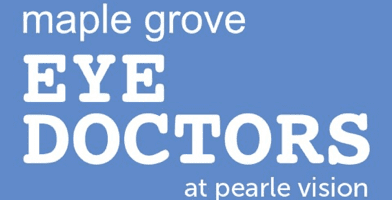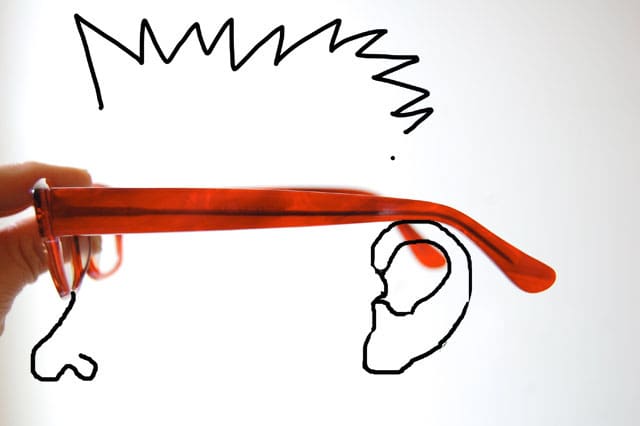A vision insurance policy is not the same as health insurance. Regular health insurance plans protect you against financial losses due to unexpected eye injuries or disease. Vision insurance, on the other hand, is a wellness benefit designed to provide routine eye care, prescription eyewear and other vision-related services at a reduced cost.
Vision insurance usually involves a fixed benefit or set of benefits which can be utilized to receive annual wellness eye examinations and materials such as eyeglasses and contact lenses. The plan predetermines the benefits, as well as how often the benefits can be utilized. Vision insurance does not cover medical eye care. If a medical symptom or diagnosis exists, vision insurance will generally not cover the visit. Conditions covered on vision insurance include nearsightedness (myopia), Farsightedness, (hyperopia), astigmatism, and presbyopia.
Medical insurance involves the diagnosis and treatment of medical conditions related to the eyes and visual system. Medical insurance generally covers enough visits to completely diagnose and treat medical conditions. Materials such as eyeglasses and contact lenses are not covered by medical insurance. Some common medical conditions of the eye include cataracts, glaucoma, and age-related macular degeneration.
If your child contracts pink eye visit our optometrist on site and take advantage of your medical insurance without the hassle of a long wait at the pediatrician’s office!




